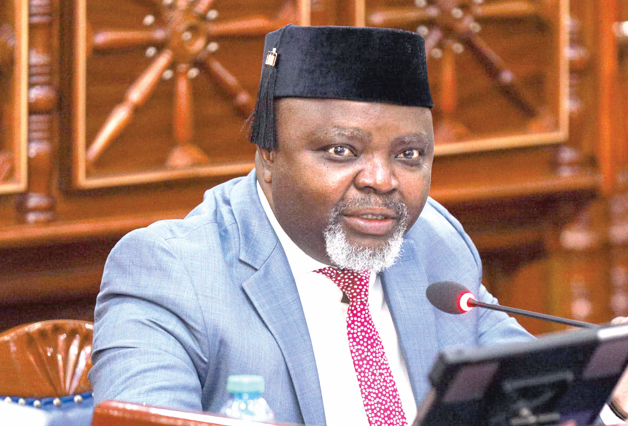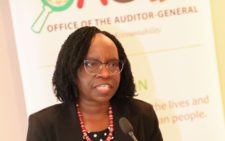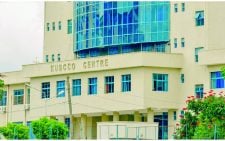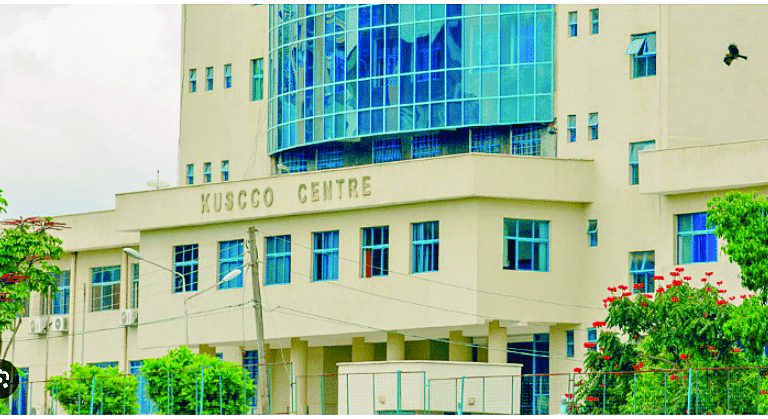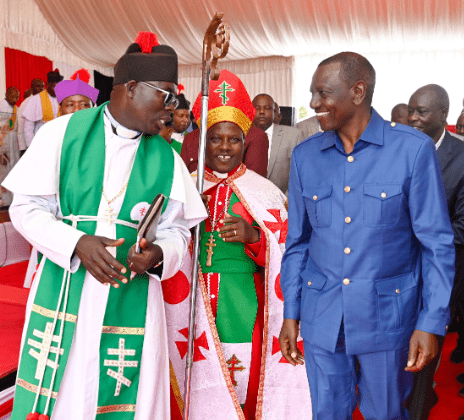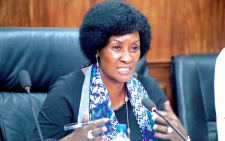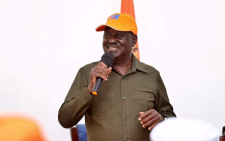Celebrating impact of wheelchair on lives of PWDs
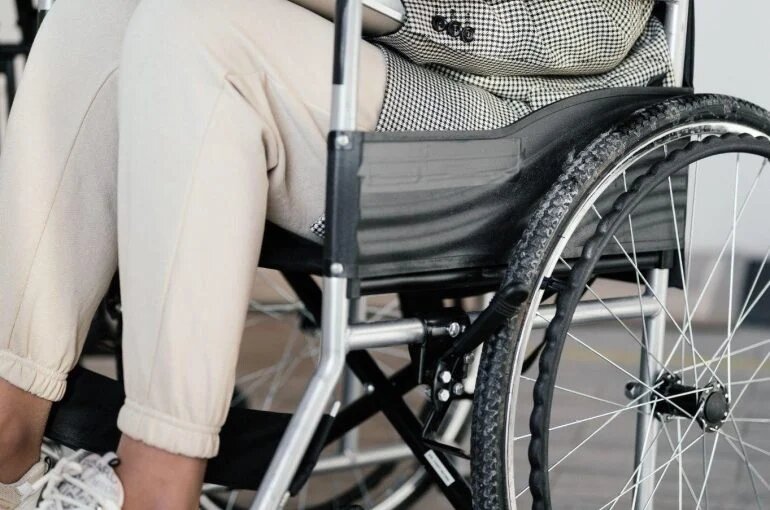
On March 1, I was privileged to be part of the International Wheelchair Day, a day observed every year since 2008 to celebrate the impact that wheelchairs have on the lives of millions of people around the world with disability (PWDs).
It’s a day marked to honour the vitality of those still able to move about, despite challenges of mobility, access and the overall well-being that come with physical disability.
As a testament to their resilience, and the empowerment that comes with the wheelchair, persons with physical disability able to access and use the wheelchair experience positive and impactful transformation in their day-to-day lives. They are able to move and access facilities that make it possible for them to enjoy fundamental rights such as education, health and freedoms of movement, association and assembly.
The 2024 International Wheelchair Day focused on the need to foster inclusivity in communities in which PWDs are an integral part, acknowledging their resilience especially with respect to being able to access and pursue the rights to education to their full potential.
International Wheelchair Day has a correlation with the Global Accessibility Awareness Day that focuses on digital access and inclusion for the more than one billion people who live with disabilities or impairments, a reminder to us that wheelchairs empower people, enabling PWDs to lead independent and fulfilling lives.
Wheelchairs are not just mobility aids; they are instruments of independence, allowing access to education, employment and leisure .
But it’s common knowledge that not every person with mobility challenges has a wheelchair. Many have to contend with life without these essential assistive devices. In rural and urban areas where large segments of the population are still held hostage by poverty, disease and ignorance, and facilities are in their most rudimentary state, challenges quadruple for the physically disabled.
The International Wheelchair Day serves as an occasion to shout about the importance of the wheelchair, and the imperative for State and non-State actors to collaborate in the development and implementation of policies and interventions that make it possible for affected individuals to access wheelchairs.
The United Nations Convention on the Rights of Persons with Disability was ratified by the General Assembly in May 2008, setting the stage for member-States to domesticate its principles in national laws, legislations and regulations.
The Convention emphasizes the need to break down societal barriers and create a more inclusive society, ensuring that everyone, regardless of their physical abilities, can get involved and contribute to their communities. In the preamble of the Constitution (2010), Kenyans commit “to nurture and protect the well-being of the individual, the family, communities and the nation” and recognize the aspirations of all Kenyans for a government based on the essential values of “human rights, equality, freedom, democracy, social justice and the rule of law”.
The Constitution provides, under Article 2(5), that “the general rules of international law shall form part of the law of Kenya”, adding in sub-article 6 that “any treaty or convention ratified by Kenya shall form part of the law of Kenya under this Constitution”.
Article 10 of the constitution commands that inclusiveness, dignity, equity, social justice, equality, human rights, public participation, non-discrimination and protection of the marginalized be our national values and principles of governance.
Article 54 provides for special rights that persons with disabilities are entitled to, including the right to be treated with dignity and respect, and to be addressed and referred to in a manner that is not demeaning; to access educational institutions; reasonable access to all places, public transport and information; to use Sign language, Braille or other appropriate means of communication; and to access materials and devices to overcome constraints arising from the person’s disability.
On 1 March, Disability Mainstreaming Foundation–Kenya, in partnership with the Kenya Electricity Generating Company, the Ministry of Education, Britam, Equity Bank, Joytown Secondary School, the Kenya National Civil Society Centre, and the National Council for Persons with Disabilities converged at the Kenya Institute of Curriculum Development to promote a better understanding of the challenges faced by those with mobility impairments, and to advocate for more accessible environments and policies.
— The writer is the Executive Director of Kenya National Civil Society Centre
—suba_churchill@yahoo.com
